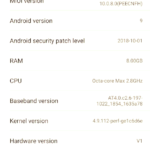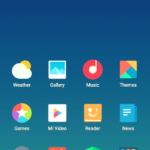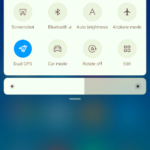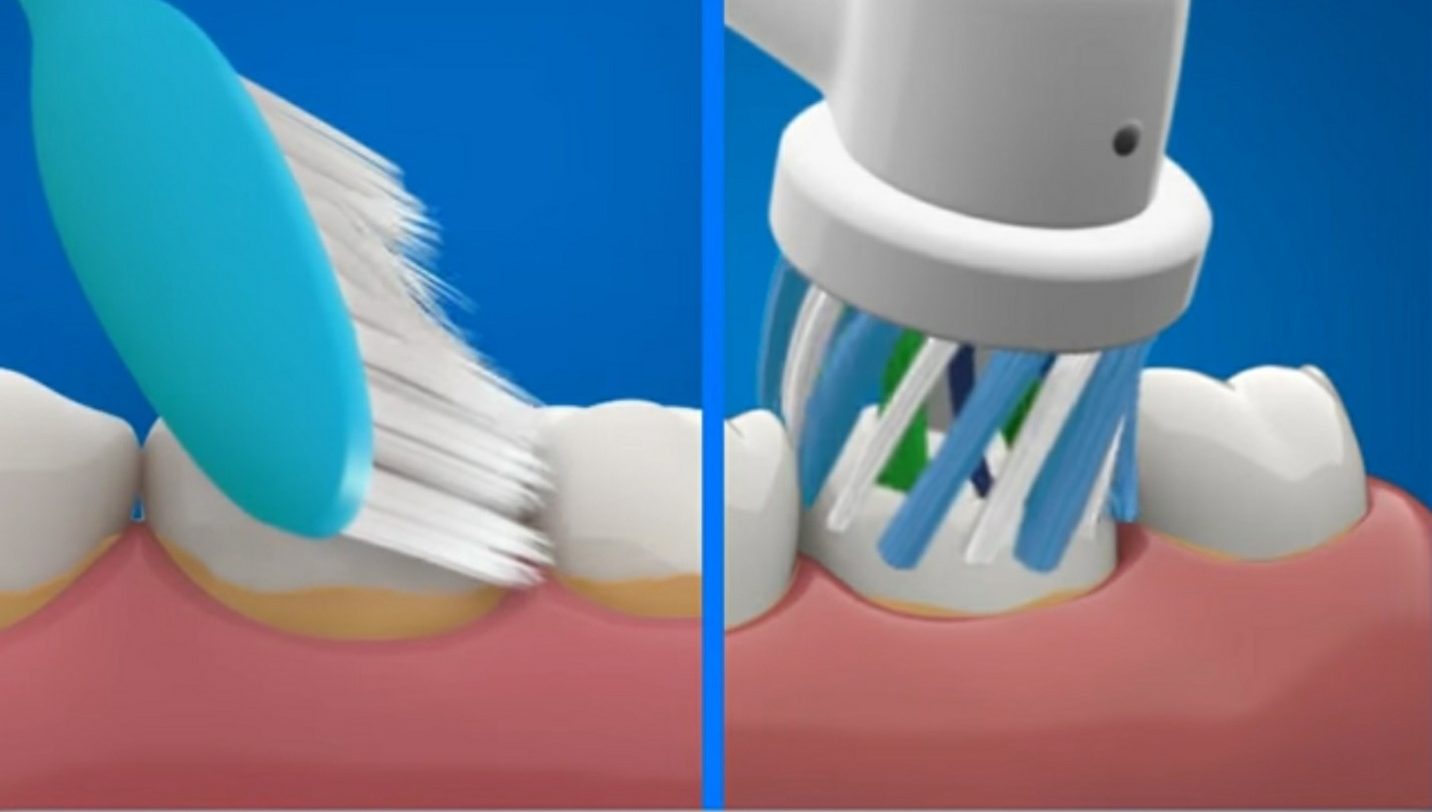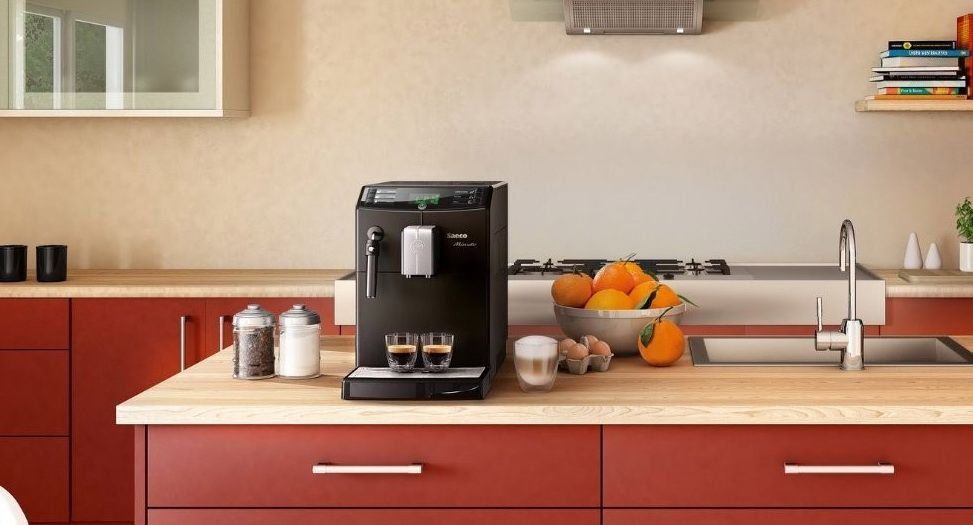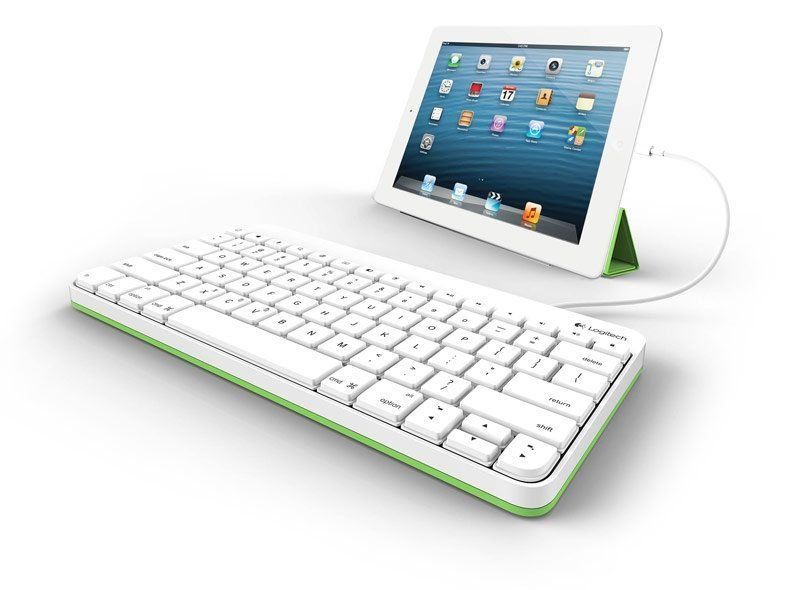Smartphone Xiaomi Mi Mix 3 - advantages and disadvantages

Last year, Xiaomi released the Xiaomi Mi Mix 3 smartphone, the advantages and disadvantages of which are discussed in this article. The device has become significantly more modern when compared with its predecessor. Mix series phones demonstrate that every next gadget lends itself to significant modifications.
Positioning
It is worth noting that in the first couples, the Mi Mix series was planned as an exclusively trial one. The first model was published in a limited number, possessing, in addition to a number of obvious advantages, a lot of disadvantages. In addition, it is unlikely that the board of the company initially saw the future for a full-fledged line of such phones, but the popularity of the models said otherwise.
Last year the situation changed completely. The smartphone released in the fall has become not a trial, but a completely massive "leader".
Anyway, it is on this series that the company's board is still experimenting with the most innovative ideas. For example, a retractable front camera was tested, which made it possible to maximize the dimensions of the display in comparison with the dimensions of the phone shell.
Overview
New from the best mobile manufacturer is a large screen slider phone without a monobrow. This device is equipped with very fast performance, and also received 4 camera modules at once. The demonstration of this unique phone took place on October 25 last year.
Equipment

- Telephone;
- Bumper cover;
- Instruction;
- Charger that supports fast charging;
- Dual sim paper clip;
- Long USB type "C" cable;
- USB Type "C" to 3.5mm audio adapter.
Design and ergonomics
On this side, the brand provided users with a couple of surprises.
First of all, it is worth noting that the novelty is equipped with a retractable selfie camera of the NEX type from Vivo. It is located in the middle of the upper edge.
Secondly, it made it possible to completely get rid of the "chin" from the bottom, which made the device really frameless and comfortable. Simply put, all 4 sides are aligned with respect to thickness. There is no protrusion, no increased framing from below.
Thirdly, there are 3 cameras on the back cover, instead of two, as was the case with its predecessors. Such a vertically directed module is installed in the upper left corner. It protrudes slightly in relation to the shell and is made with a frame. The flash is slightly lower and there is no fingerprint sensor. The panel itself is made of two materials:
- Glass.
- Ceramics.
It all depends on the modification.

Fourth, the fingerprint scanner was moved to the front side. It was installed under the screen, as is done in the Mi 8 Explorer Edition. It has become faster and more accurately identifies the print. This is still a conceptual way of unlocking, however, it works much better with each subsequent update.
The rest of the phone is practically no different from its own "brothers". The charging socket is made in the form of USB type "C", on the right side of it there is a multimedia speaker, and on the left there is a speaker for talking. For the power key and the volume rocker, there is a place on the right side on the side. The SIM slots are on the left side.
The smartphone has become thinner, it looks much nicer and trendier. From its rectangular form factor with slight roundness along the edges, only a pleasant feeling remains. The phone is available in 2 colors:
- The black;
- White.
Performance
Due to the lack of new functionality, the novelty is based on the same reliable Snapdragon 845 processor from Qualcomm as its older brother 2S. The smallest capacity of RAM is 6 GB, the limit is 8. The volume of the integrated ROM ranges from 128 to 256 GB. There is no slot for a flash drive.
Test results:
- AnTuTu - 260,000 (video - 110,000);
- Geekbench Single-Core - 2,460;
- Geekbench Multi-Core - 9 110.
This smartphone will be a good solution for active games, since all applications "fly" on the verge of their own capabilities. In addition, there is a power reserve for the next couple of years.
Screen
If the predecessor Mix 2S was produced with an IPS-type matrix, then Mi Mix 3 was equipped with a 6-inch AMOLED screen. The display resolution has also become larger - 2K + instead of Full HD +. He himself is still a widescreen type, which, of course, is comfortable for watching videos.
The brand has never had jambs with matrices, and this case is no exception. The screen quality is generally on par with the Mi 8, even slightly better. It should be noted that the latter had a fairly good display. Not the best among all on the market, but there were no problems with it.

The color reproduction is excellent, there is a rich black, and the rest of the colors are too deep. Sharpness is enough not to squint at night and not try to make out content in the sun.
Color correction, "Night" mode - all this is in the parameters, where it is possible to configure the matrix so that the user likes it. There is also an Always On Display function to display information about alerts and important events.
Communication, connection and sound
There are no significant modifications here. The version of the smartphone aimed at the Chinese market works with the following communication standards:
- GSM;
- CDMA;
- UMTS;
- TD-SCDMA.
The European version is a little more "modest" due to the fact that there is no need to operate in networks such as TD-SCDMA and CDMA.

The Mi Mix 3 has one multimedia type speaker and an auxiliary external speaker that turns on after the user opens the slider.
Thanks to this approach, it became possible to truly enjoy excellent stereo sound. The speaker volume balance is quite large, but there is no deep bass. Almost similar reviews are written by users about playing tracks using a headset. The earpiece speaker boasts an excellent noise cancellation option.
The phone supports Dual SIM according to the Nano standard. There is 4G at the level of LTE categories 18 DL and 13 UL, in connection with which the maximum download speed of information can reach up to 1200 Mb / s, and transmission up to 150 Mb / s.
Camera
The device boasts of having 2 rear cameras. The block resolution is 12 and 12 MP. It is worth recalling that the current generation has performed well in terms of photographic capabilities, earning 105 points from DxOMark for image quality.
Both users and experts assure that the third generation has become even better "taking pictures":
On the video side, it is worth noting optical stabilization. Users are given the opportunity to make videos in 3840x2160 px resolution. Slow motion was not removed, as well as AI in the camera software.
There is a 24 MP module in front. Users claim that it performs better than its predecessor, since the quality of selfies in it was very weak. There is a "smart" mode "Beauty" and, of course, filters.
Biometrics and scanners
The form factor chosen once by the company has one limit: there is nowhere to fit the front face recognition sensor. The tenth iPhone from Apple has a sensational "bang" for this purpose, the Galaxy S9 from Samsung has a ledge at the top for the camera, scanners and speaker.
In addition, even if you install a face identification sensor with a retractable "frontal", then to turn it on again, you will need auxiliary actions.As a result, the developers of Mi Mix 3 prudently abandoned such an idea, limiting themselves to a fingerprint sensor integrated into the screen unit.
By the way, you will hardly surprise anyone with the latter: a couple of phones from other manufacturers from China have already appeared on the mobile market, including Vivo and its Nex S, as well as Oppo with the R17 model. One way or another, at the moment not a single “leader” is equipped with this option, so the Xiaomi brand in this sense has become a “pioneer”.
Autonomy
The Mi Mix 3 hides a 3,500 mAh battery under the glass back cover with support for Qualcomm's Quick Charge 4.0 fast charging option. For 24 hours the gadget will "live" under any load (in principle, like the rest of the "leaders" of 2019). It is quite possible to count on the second day if you do not overload the phone.
But the modification with the rear ceramic panel is equipped with an improved battery. Its capacity is 4,000 mAh, which is quite enough for a stable 1.5 days of use.
Interface
The gadget came out on the innovative shell MIUI 10. But in combination with it there is Pie from Android, hidden under the personal interface, but bringing in some options and customization.
It will not be superfluous to recall what exactly MIUI 10 offers:
- Redesign of the "curtain" of alerts, quick parameters, part of programs, volume settings in combination with the Material Design 2 shell;
- Recently used apps menu with icons arranged vertically and divided into 2 columns;
- New sounds that resemble nature;
- Optimization and excellent response;
- Artificial intelligence practically throughout the system;
- You can take pictures with blur effect on smartphones with one camera module.
The operating system is excellent, works flawlessly with good response.
Specifications
| Parameter | Characteristic |
|---|---|
| Chip | Snapdragon 845 by Qualcomm |
| Display | type AMOLED |
| Wireless charging option | yes - Quick Charge 4.0 |
| RAM | 6/8 GB |
| Internal storage | 128/256 GB |
| NFC | there is |
How much is?
Average price:
- Glass modifications for 6/128 GB of memory - 32,500 rubles;
- Glass modifications for 8/256 GB of memory - 41,000 rubles;
- Ceramic model for 6/128 GB of memory - 42,000 rubles;
- Ceramic model for 8/256 GB of memory - 50,500 rubles.
Advantages and disadvantages
- Quite a productive chip;
- Good RAM capacity;
- Large display with very thin bezels, which occupies almost 95 percent of the front;
- Fingerprint sensor integrated into the display;
- Nice camera;
- There are both wired and wireless charging;
- NFC adapter;
- Battery, like the most top-end phones;
- Pie 9.0 from Android, as well as the current version of the MIUI 10 interface "from the factory";
- Hermetic shell that perfectly protects the internal elements of the phone from moisture and dirt according to the IP68 standard;
- Serious equipment.
- Lack of face identification sensor;
- There is no way to increase the memory capacity.
In conclusion, it is worth noting that the Mi Mix 3 is a great "forerunner" if you take the whole last year in the evaluation criteria. But it is not recommended to consider this model "for growth". The fact is that in 2019 there are unique gadgets that support fifth generation networks and a whole list of other functions.
As for the retractable front camera, it is worth noting the following - everything will be decided by the use in practice. Yes, the decision is really quite controversial, but at the moment it is a unique method when it comes to creating a completely frameless phone without any solutions like "bangs" and similar protrusions.
new entries
Categories
Useful
Popular articles
-

Top rating of the best and inexpensive scooters up to 50 cubic meters in 2024
Views: 97668 -

Rating of the best materials for noise insulation for an apartment in 2024
Views: 95029 -

Rating of cheap analogues of expensive medicines for flu and colds for 2024
Views: 91758 -

The best men's running shoes in 2024
Views: 87688 -

Top ranking of the best smartwatches 2024 - price-quality
Views: 85100 -

Best Complex Vitamins in 2024
Views: 84808 -

The best dye for gray hair - 2024 top ranking
Views: 82415 -

Rating of the best wood paints for interior use in 2024
Views: 77211 -

Ranking of the best action cameras from China in 2024
Views: 75273 -

Rating of the best spinning reels in 2024
Views: 74835 -

The most effective calcium supplements for adults and children in 2024
Views: 72471 -

Top rating of the best means for male potency in 2024 with a description
Views: 68301















